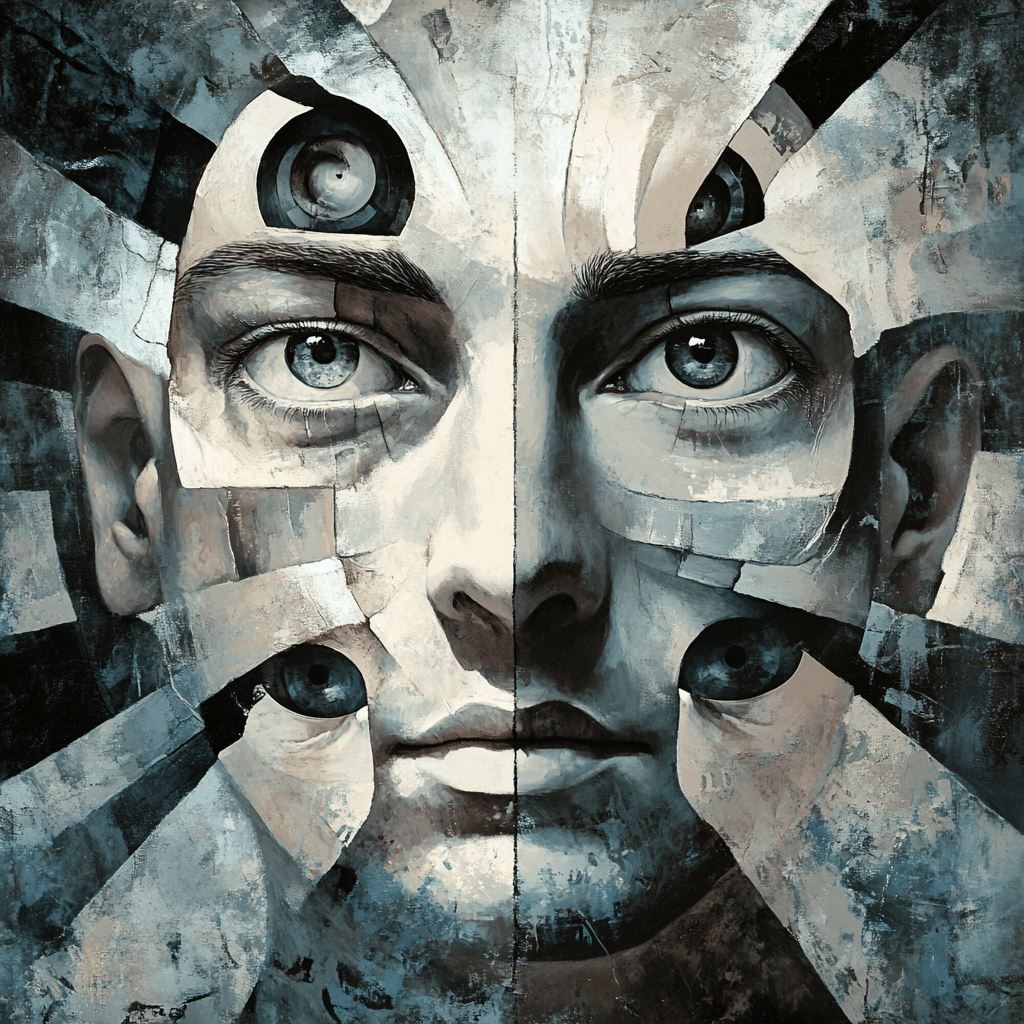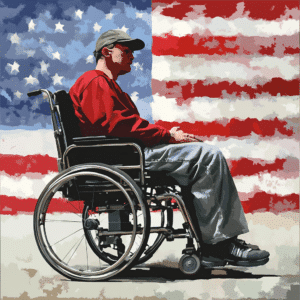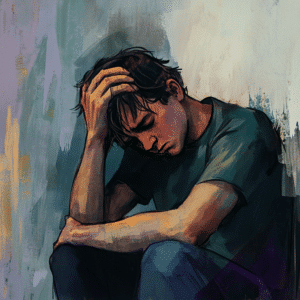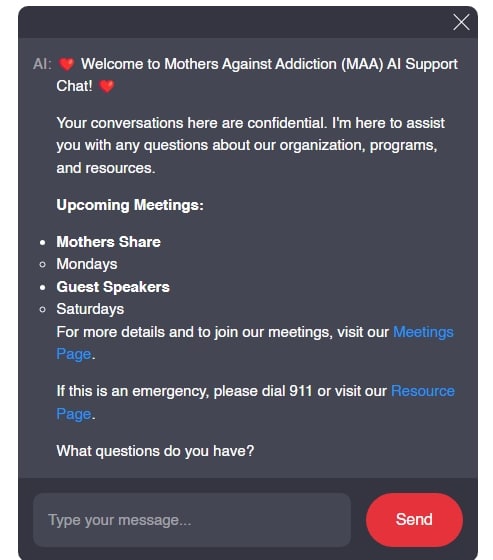When we talk about bipolar type 2, it’s essential to recognize how it can affect not just the individual, but also their loved ones, particularly parents who are facing the heartbreaking challenge of a child struggling with addiction or mental health issues. Bipolar type 2 isn’t just a label; it’s a reality filled with ups and downs that complicate daily life profoundly. Together, we can navigate these waters with compassion and resilience. This article will cover key symptoms of bipolar type 2, differentiate it from bipolar I, explore its impact on daily life, and offer strategies to manage it effectively.
Key Symptoms of Bipolar Type 2
Individuals grappling with bipolar type 2 frequently encounter challenges that can seem overwhelming. Understanding these symptoms is the first step toward helping those you love and yourself navigate this condition.
Feelings of sadness, emptiness, and irritability can linger for weeks or even months. It’s not just a bad day; it’s like a dark cloud that follows you around. This can hinder daily functioning and make even the smallest tasks feel monumental.
During hypomania, mood may elevate, and energy seems boundless, which sounds good, right? But it comes with irritability and can lead to functional impairment. Imagine feeling high on life but still struggling to keep your feet on the ground—it’s perplexing!
Whether it’s insomnia or excessive sleep (hypersomnia), sleep disturbances are common. These fluctuations can rob energy and dictate how the day will unfold. Think of it as a double-edged sword; you may feel fine during hypomania but utterly drained during a depressive phase.
Even when hypomanic, that pesky exhaustion doesn’t always play fair. It can hang around long after a mood shift, making it difficult to engage fully in daily activities or enjoy moments with loved ones.
Those with bipolar type 2 often find focusing on tasks nearly impossible. It’s like trying to hold water in your hands—efforts may slip through, leaving behind inefficiency and frustration, especially in a work setting.
When hypomania strikes, impulsive decisions often follow. This might look like splurging on things that aren’t needed or engaging in risky behavior. It’s a thrill-seeking endeavor that can yield consequences that last much longer than the high itself.
The clouds of depression can weigh heavily on one’s self-esteem, often stirring up feelings of worthlessness or guilt. This emotional turbulence leaves individuals battling inner demons, questioning their value and purpose, which is especially painful for parents watching their children struggle.

Bipolar Type 2 vs. Bipolar I: Understanding the Differences
For anyone navigating the mental health landscape, knowing the differences between bipolar I and bipolar II is essential. Here’s a simple breakdown:
The hallmark of bipolar I includes manic episodes, which can spiral into severe consequences if unaddressed. In contrast, bipolar type 2 does not feature these full-blown manic episodes but instead presents with hypomanic episodes that can often be mistaken for heightened personality traits.
Individuals with bipolar I frequently endure more severe symptoms, sometimes landing in hospitalization or enduring psychotic experiences. Meanwhile, those dealing with bipolar type 2 may not face these dramatic turns, but the experience remains taxing.
For bipolar type 2, depressive episodes often linger longer and occur with more frequency. This is different from the shorter, more intense episodes found in bipolar I. The challenge lies in recognizing these episodes’ patterns to seek appropriate treatment and support promptly.
Daily Life Impact of Bipolar Type 2 Symptoms
Living with bipolar type 2 influences various spheres of everyday life, extending beyond the individual to envelop family and friends.
Struggles with mood swings can lead to misunderstandings in personal relationships. Friends and family may struggle to comprehend the emotional rollercoaster, resulting in strained bonds. Halsey, a musician who openly shares her journey, highlights how her bipolar diagnosis impacts her interactions and social life.
Consistency at work can become a delicate balancing act. The fatigue during depressive phases sometimes causes missed deadlines or a drop in job performance. It’s vital to recognize this challenge so that accommodations may be sought.
The recurring nature of depressive episodes chips away at self-confidence. Public figures like Catherine Zeta-Jones bravely share their stories, illustrating how their struggles with mental illness have influenced their self-perceptions and public images.
Mood fluctuations can lead to unhealthy lifestyle choices, like poor eating habits or lack of exercise, worsening general health. This cyclical pattern can make maintaining a sense of normalcy feel even more elusive.

Real-Life Examples: Famous Individuals Living with Bipolar Type 2
Sometimes, it helps to look at the paths navigated by those in the spotlight. Knowing that you’re not alone can be powerful.
Strategies for Managing Bipolar Type 2
Managing bipolar type 2 is a journey that requires a combination of strategies. Here are a few to consider:
Stabilizing mood often necessitates appropriate medications, such as mood stabilizers and antidepressants. Finding the right regimen can enhance overall quality of life significantly.
Engaging in Cognitive Behavioral Therapy (CBT) helps individuals build coping strategies. Treatment can reshape unhelpful thinking patterns, opening pathways for healthier responses to emotions.
Regular exercise, a balanced diet, and structured sleep schedules significantly impact mood stabilization. These are simple changes that can create substantial improvements over time.
Surrounding oneself with supportive friends and family can bolster resilience. Communities, whether online or in-person, provide necessary validation and shared experiences.
Embracing Life with Bipolar Type 2: A Personal Perspective
Living with bipolar type 2 is undeniably a journey of highs and lows. It requires understanding, patience, and resilience. While it presents significant challenges, these experiences encourage individuals to cultivate strength through adversity. Embracing self-care, advocating for one’s mental health, and fostering connections transform painful experiences into a quest for empowerment.
Every step taken, however small, moves you towards a more fulfilling life, even amid the storms this complex condition brings. By supporting one another, especially for parents witnessing their children grappling with addiction or mental health struggles, we can paint a picture of hope. Remember, Mothers Against stands ready to provide assistance and gather every resource to support you and your loved ones through these turbulent times.
For more insights, understandings, and community support, visit Mothers Against addiction where we confront these complexities together.
Understanding Bipolar Type 2: Fun Facts and Insights
Getting a Grip on Bipolar Type 2
Bipolar Type 2 is a mood disorder that swings between highs and lows but doesn’t involve the extreme manic episodes seen in Bipolar Type 1. It’s like navigating a rollercoaster of emotions—sometimes exhilarating, often exhausting. Many people may not realize that the average age of onset for bipolar disorders is around 25 years old, which can significantly impact young adults as they build relationships and careers. Speaking of impacts, did you know that some cultural groups face unique challenges? For instance, the challenges faced by Hispanics living with mental health conditions can be quite pronounced, encompassing stigma, access to care, and cultural perceptions around emotional well-being.
Trivia Ties to Daily Life
Living with bipolar type 2 can also affect everyday routines. For example, during depressive episodes, activities that normally bring joy—like indulging in a Taco Bell bean burrito—might seem completely unappealing. Interestingly, this favorite fast-food item contains about 350 calories, which might be surprising! Depending on mood shifts, daily choices, and cravings can change dramatically, complicating one’s relationship with food and self-care. Moreover, people often overlook how much mental disorder definition varies across different communities and cultures. Understanding these variations can help foster empathy and tailored support where it’s needed most.
Engaging with Community Support
Support from family and community is vital for individuals dealing with bipolar type 2. Imagine finding solace in fun activities, much like enjoying a nostalgic game with friends, reminiscent of the Jumanji 1995 cast that many grew up watching. That shared connection can create a sense of belonging that helps individuals navigate their ups and downs. And here’s a quirky piece of trivia: the pineapple casserole has become an unexpected comfort food for many families, offering warmth and a taste of togetherness, which can be important in times of emotional turbulence.
Bipolar type 2 impacts not just individuals but families and friends too. When the ups and downs feel overwhelming, reaching out for help is crucial. After all, everyone deserves a supportive circle, even when grappling with life’s challenges. Plus, if you’re curious about the 333 meaning, it often symbolizes encouragement and balance—all things people with bipolar type 2 strive for in their daily lives. Overall, maintaining an open dialogue and normalizing discussions about mental health can pave the way for understanding and hope in this journey.





























